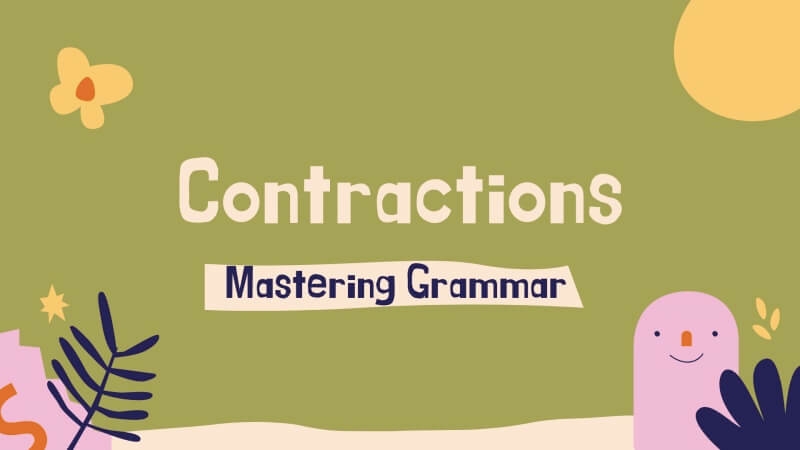Contractions are shortened forms of two words that are joined together with an apostrophe. They are commonly used in spoken English to make conversations more casual and less formal. Understanding the rules of contractions is important for both speaking and writing effectively.
It is essential to know when and how to use contractions correctly to ensure clear communication. Let’s explore some important rules when it comes to using contractions in grammar.
Contractions Grammar Rules
1. Use contractions in informal writing and speech: Contractions are commonly used in everyday conversations, informal writing, and dialogue to make language sound more natural and less formal. For example, “I’m” instead of “I am” or “can’t” instead of “cannot.”
2. Avoid contractions in formal writing: In formal writing, such as academic papers, business letters, or professional emails, it is best to avoid contractions. Using full forms of words instead of contractions can make your writing appear more professional and polished.
3. Use contractions to convey tone and emotion: Contractions can also help convey tone and emotion in writing. For example, using “I’ll” instead of “I will” can make a sentence sound more friendly or relaxed. Pay attention to the context and choose contractions that suit the tone you want to convey.
4. Be mindful of contractions with pronouns: Some contractions involve pronouns, such as “you’re” for “you are” or “she’s” for “she is.” Make sure to use the correct pronoun with the contraction to avoid confusion or grammatical errors.
5. Pay attention to contractions with auxiliary verbs: Contractions are often used with auxiliary verbs, such as “can,” “will,” “have,” or “is.” For example, “I’ve” for “I have” or “they’ll” for “they will.” Understanding how to contract auxiliary verbs can help you speak and write more fluently.
By following these grammar rules for contractions, you can improve your language skills and communicate more effectively in both spoken and written English. Practice using contractions in different contexts to become more comfortable with their usage and enhance your overall language proficiency.
In conclusion, mastering the rules of contractions in grammar is essential for effective communication. Whether you are having a casual conversation with friends or writing a formal document, understanding when and how to use contractions correctly can help you express yourself clearly and confidently.
